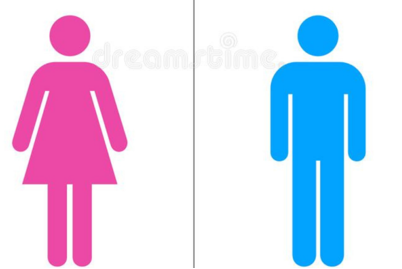Sex ratio in India is expected to improve to 952 women per 1000 men by 2036 from 943 in 2011, according to a report ‘Women and Men in India 2023’ released by the Ministry of Statistics and Programme Implementation on Monday.
The report highlights that India’s population in 2036 is expected to be more feminine compared to the 2011 population, as reflected in the sex ratio which is projected to increase from 943 in 2011 to 952 by 2036, highlighting a positive trend in gender equality.
Population of India is expected to reach 152.2 crore, with a slightly improved female percentage of 48.8 per cent compared to 48.5 per cent in 2011, the report stated.
The proportion of individuals under 15 years is projected to decrease from 2011 to 2036, likely due to declining fertility, it stated.
Conversely, the proportion of the population aged 60 years and above is anticipated to substantially increase during this period.
It is evident that from 2016 to 2020, Age Specific Fertility Rate (ASFR) in the age group of 20-24 and 25-29 has reduced from 135.4 and 166.0 to 113.6 and 139.6 respectively.
The ASFR for the age 35-39 for the above period has increased from 32.7 to 35.6 which shows that after settling in the life, women are thinking of expansion of family.
(Press Trust of India)

Readers like you, make ESHADOOT work possible. We need your support to deliver quality and positive news about India and Indian diaspora - and to keep it open for everyone. Your support is essential to continue our efforts. Every contribution, however big or small, is so valuable for our future.












Over the past decades in some states the attitude meted out to a new-born girl was draconian. The mood has changed and the forecast stats prove that the ration of women to men is on the up, not least because of PM Modi’s Beti Bachao Beti Padhao campaign. More families realise that having a daughter is not a burden but an asset.